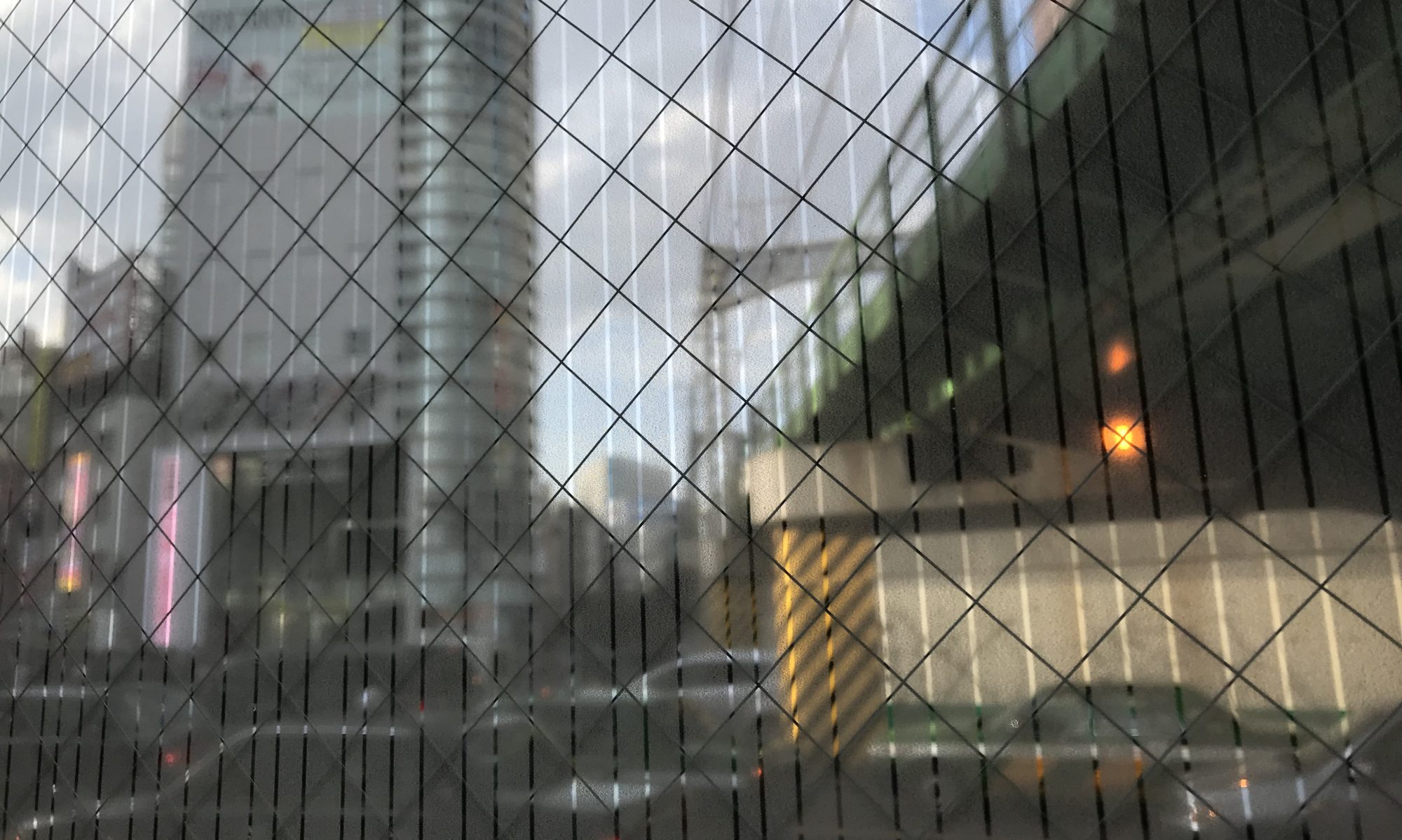
It took me a few days to muster the courage to listen to myself. It then took me another few days to watch myself. I dread both. It requires a certain kind of confidence or not giving a f*#%! to not cringe while critiquing every aspect of yourself. I have plenty of confidence, but there’s something about seeing a reflection of yourself that is just so darn hard. Holding a mirror to yourself is scary and arguably the hardest task for most of us. It’s just easier to deflect, ignore, be in denial about aspects of yourself that you’re not too keen on or too traumatic to face. What-ever the many reasons, it will always surface one way or another regardless of your every effort to suppress it.
I’m only now facing my traumas head on, and it’s with the help of a therapist. To have a therapist is to be in a privileged position. I acknowledge my privilege. I acknowledge the countless people that cannot afford nor have access to mental health services. This inequity and continual decrease in funding for mental health is why I am an advocate for mental health services and resources for those most marginalized and under-represented, BIPOC (Black, Indigenous, People of Color) communities; whether it was through my advocacy work in Washington D.C. or as an educator at a middle school and high school or volunteering and serving on the board of an incredible holistic health nonprofit, Sol Sisters. My current goal is to help build mental health services and programs for BIPOC youth and families through the good work at Safer Together. I was their programs and operations consultant to now Director of Programs.
So when my dear friend Patty Alvarado (founder of Alvarado Therapy) asked me to be on her podcast, I was beholden to share my mental health journey to help de-stigmatize mental health needs. I hope my story can inspire you to begin talking about your mental health, to seek help, to share your vital journey with others too.
You can also listen to our conversation while preparing your favorite meal, driving, running your usual route, in the shower, or when ever you need a laugh at Alvarado Therapy’s podcast (I think we’re funny, no, I know we’re funny lol). While you’re there, subscribe to their enlightening podcast. Trust me, it’s worth it.
In community,
Jenny
#TrustInYourselfandYourJourneyTuesday

















